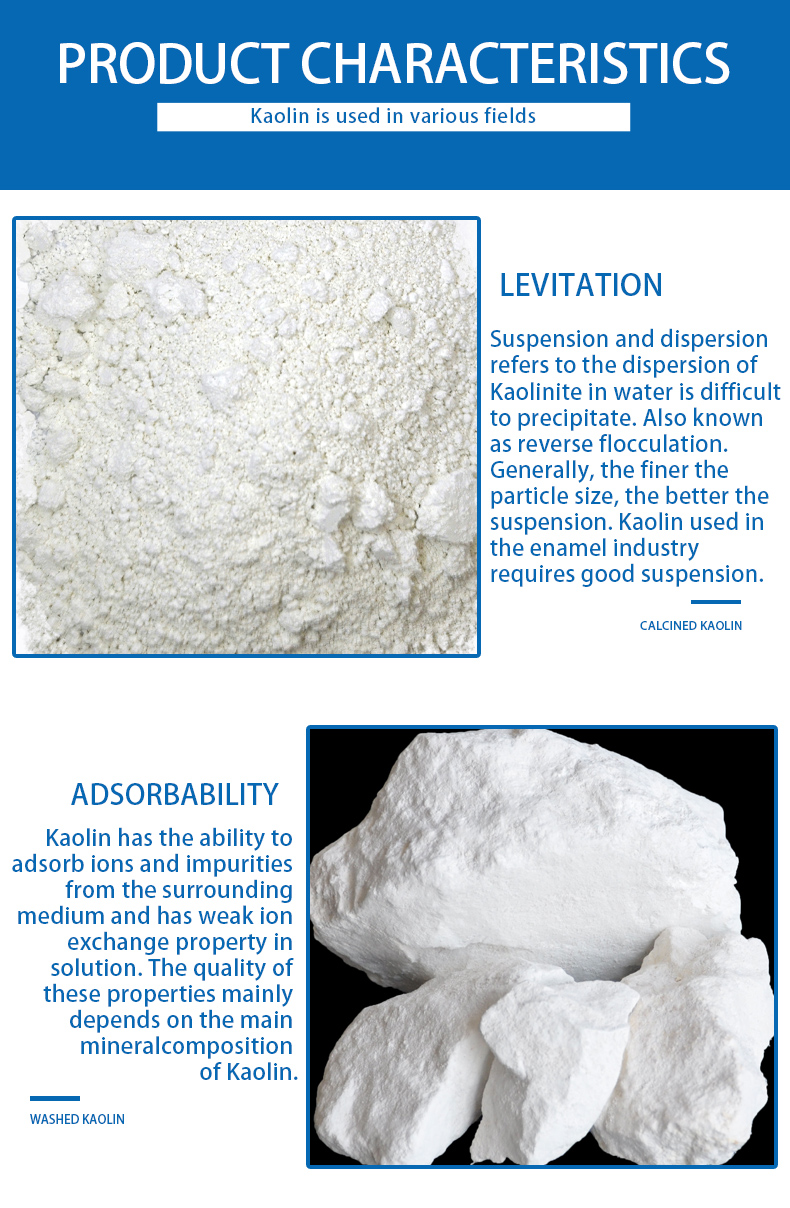
mica schist rock type
Mica Schist A Geological Marvel
Mica schist is a fascinating type of metamorphic rock that offers insight into the dynamic processes of the Earth’s crust. Characterized primarily by its abundant mica minerals, this rock type stands out due to its unique composition, formation process, and aesthetic appeal. The study of mica schist not only enhances our understanding of geological history but also highlights the importance of metamorphic rocks in various natural and human activities.
Formation and Characteristics
Mica schist forms from the metamorphism of sedimentary or igneous rocks under conditions of high temperature and pressure. This process typically occurs in convergent tectonic plate boundaries where rocks are squeezed and heated, resulting in a profound transformation. The original rock, often shale or granite, undergoes recrystallization, leading to the emergence of new minerals, predominantly biotite and muscovite micas. The presence of these micas gives schist its characteristic shiny, flaky appearance.
The texture of mica schist is generally schistose, which means it has a planar or layered structure due to the alignment of the mica flakes during metamorphism. This characteristic lends the rock its distinct foliation, allowing it to be easily split into thin sheets. The color of mica schist can vary widely, often depending on the other minerals that are present in the rock, including quartz, feldspar, and garnet. The interplay of minerals, along with the mica, can create stunning patterns and colors, making mica schist sought after in decorative stone applications.
Occurrence and Distribution
Mica schist is commonly found in regions that have undergone significant geological transformations, such as mountain ranges formed by tectonic activity. Notable occurrences can be found in areas like the Appalachians in the United States, the Scottish Highlands, and parts of Scandinavia. The presence of mica schist in these locations is often indicative of historical geological events, including continental collisions and extensive metamorphic processes.
mica schist rock type

Geologically, mica schist is important because it can serve as an indicator of the conditions present during its formation. The study of metamorphic minerals within mica schist can reveal information about the temperature and pressure conditions at the time of metamorphism, allowing geologists to reconstruct the geological history of an area.
Uses of Mica Schist
Beyond its geological significance, mica schist has practical applications as well. The beauty of its layered appearance makes it a popular choice in the realm of architecture and design. Mica schist is often used in landscaping, decorative stonework, and even as a building material due to its durability and distinctive aesthetic.
In addition, the mica content in mica schist has industrial applications. Mica is valued for its electrical insulating properties and is used in a variety of products such as electronics, cosmetics, and construction materials. The extraction and processing of mica schist for these purposes contribute to local economies in regions where it is abundant.
Conclusion
Mica schist is more than just a rock; it is a testament to the Earth's geological history and the dynamic processes that shape our planet. Its striking appearance, coupled with its industrial uses, makes it a valuable resource. By studying mica schist and other metamorphic rocks, we can gain a deeper understanding of the Earth’s evolution and the complex interactions that occur within the crust. As we continue to explore and appreciate the natural world, mica schist serves as a reminder of the beauty and significance of geological formations in our environment. Through continued research and awareness, we can ensure the sustainable use of this remarkable resource, preserving it for future generations to admire and learn from.
Share
-
Fly Ash Solutions Enhanced by GPT-4 Turbo | Sustainable InnovationNewsAug.01,2025
-
Natural Premium Bentonite Cat Litter - Superior ClumpingNewsJul.31,2025
-
Premium Resin Coated Sand - High Heat Resistance CastingNewsJul.31,2025
-
High Quality Silicon Carbide Grit for Abrasive ApplicationsNewsJul.30,2025
-
High-Quality Ceramsite for Plants & Gardening | Lightweight PebblesNewsJul.29,2025
-
Premium Burgundy Glass Marbles for Vases & Shooter GamesNewsJul.29,2025






